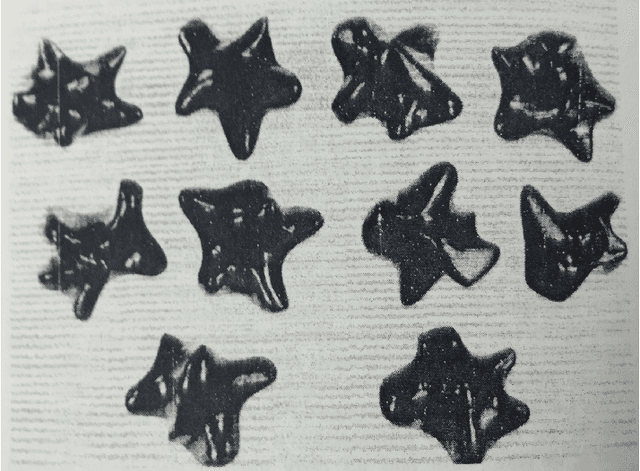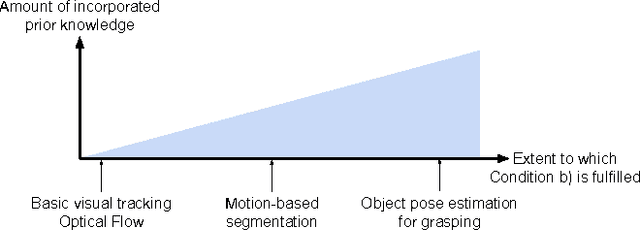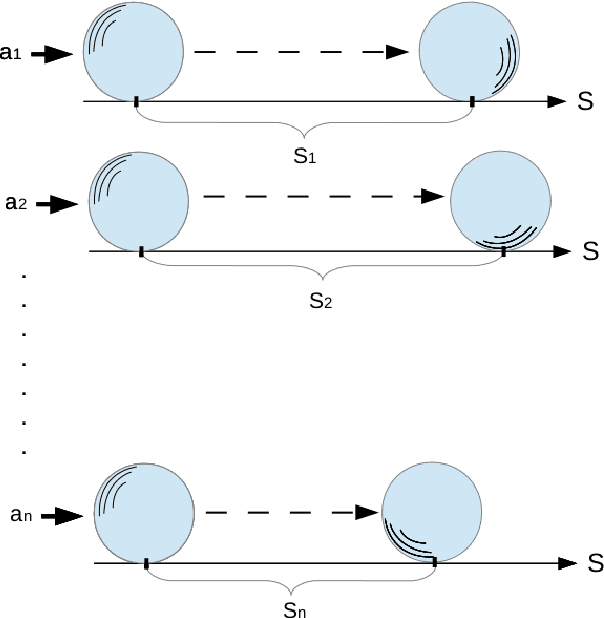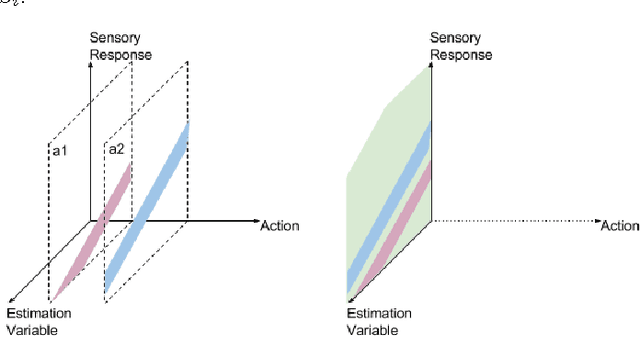Interactive Perception: Leveraging Action in Perception and Perception in Action
Paper and Code
Dec 06, 2017



Recent approaches in robotics follow the insight that perception is facilitated by interaction with the environment. These approaches are subsumed under the term of Interactive Perception (IP). It provides the following benefits: (i) interaction with the environment creates a rich sensory signal that would otherwise not be present and (ii) knowledge of the regularity in the combined space of sensory data and action parameters facilitate the prediction and interpretation of the signal. In this survey we postulate this as a principle and collect evidence in support by analyzing and categorizing existing work in this area. We also provide an overview of the most important applications of Interactive Perception. We close this survey by discussing remaining open questions. Thereby, we hope to define a field and inspire future work.
 Add to Chrome
Add to Chrome Add to Firefox
Add to Firefox Add to Edge
Add to Edge